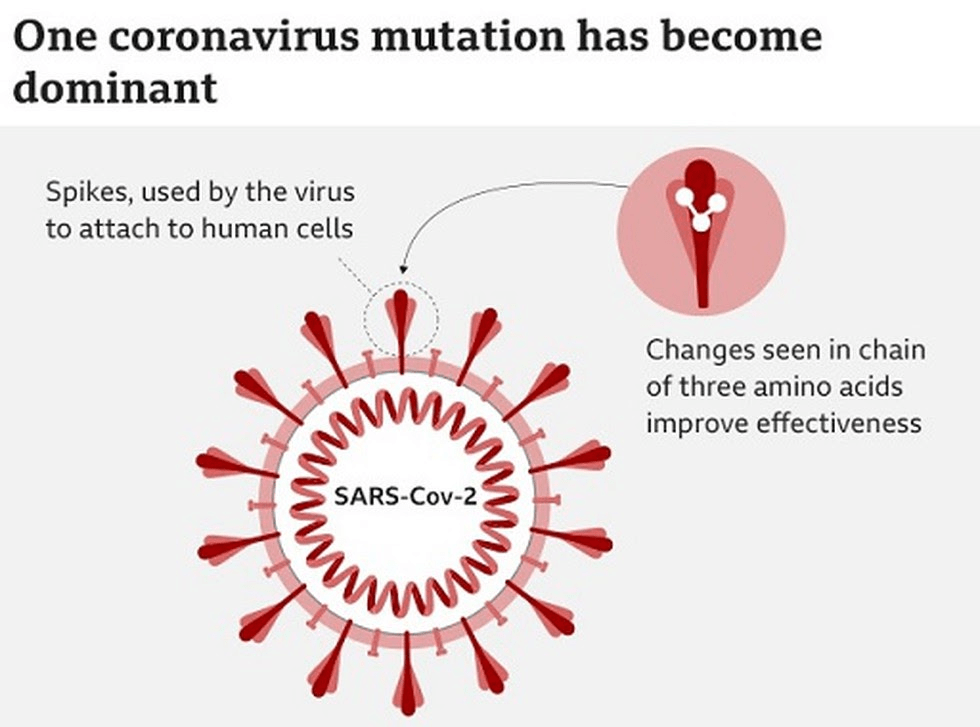UPSC Articles
Coronavirus variant circulating in the UK defined by many mutations
Part of: GS Prelims and GS-III – Sci & tech
In news
- The coronavirus variant circulating in the UK is defined by many mutations.

Key takeaways
- A mutation means an alteration in genetic material.
- In an RNA virus such as SARS-CoV-2, proteins are made of a sequence of amino acids.
- Such a virus contains some 30,000 ‘base pairs’, which are like bricks placed next to each other to form a structure.
- An alteration in this base can be a mutation, effectively changing the shape and behaviour of the virus.
- In the UK variant, one mutation has made the virus more likely to bind with human proteins called receptors. This is called N501Y.
N501Y
- In simple words, the amino acid represented by the letter N, and present at position 501 in the coronavirus genetic structure, has been replaced in that position with another amino acid, represented by Y.
- The position where this alteration has taken place is in the spike protein’s receptor-binding domain.
- Therefore, the mutation has increased the binding affinity of the coronavirus.
- The mutated virus reportedly accounts for 60% of recent infections in London.
Do you know?
- According the WHO, other than N501Y, mutations that “may influence the transmissibility of the virus in humans” are P681H and HV 69/70.
- P681H: This mutation has occurred in the amino acid present at 681. The amino acid P has been replaced with H.
- HV 69/70: This mutation is the result of a deletion of amino acids at positions 69 and 70.
- These positions are again in the spike protein of the virus.
- This deletion has been observed in France and South Africa as well.














